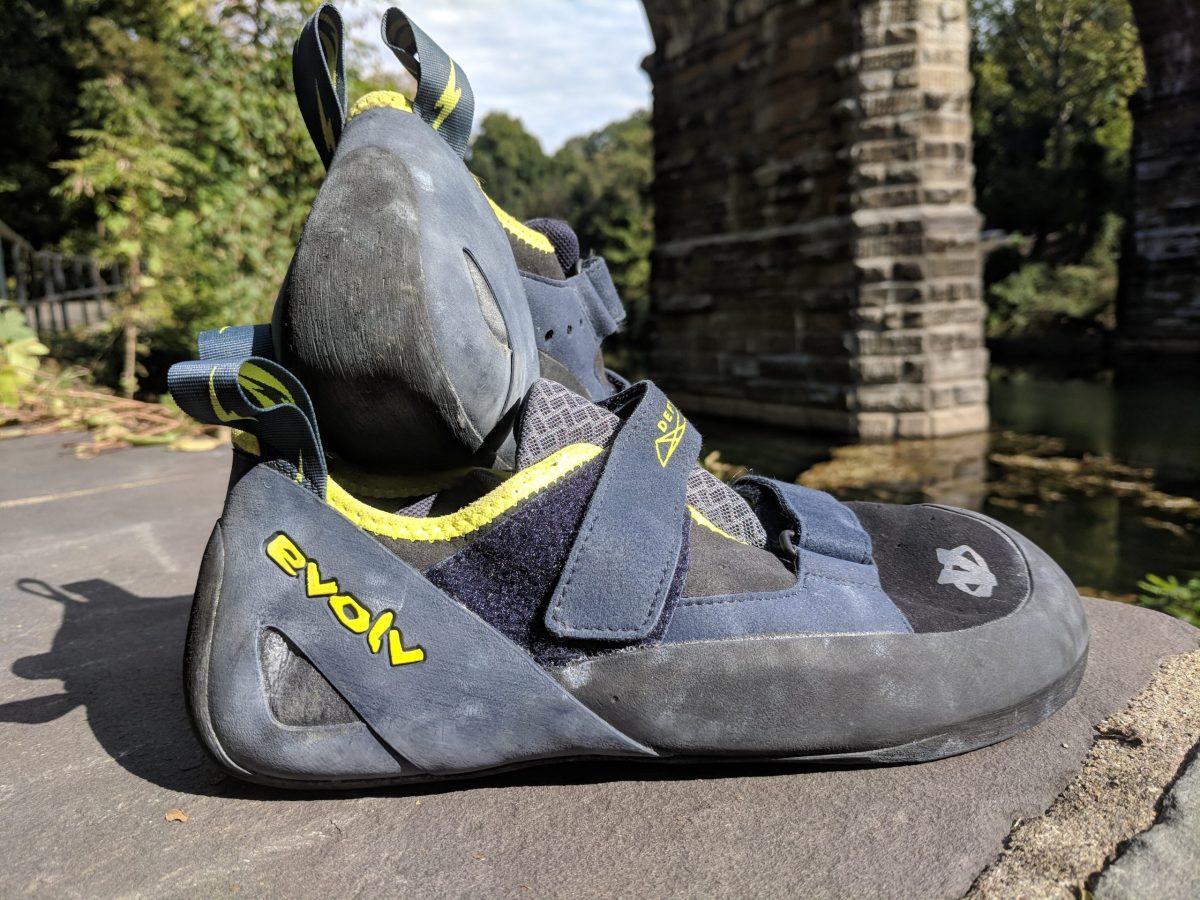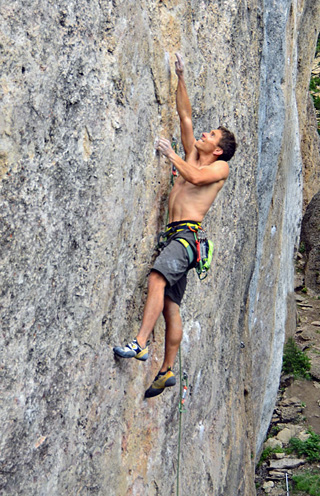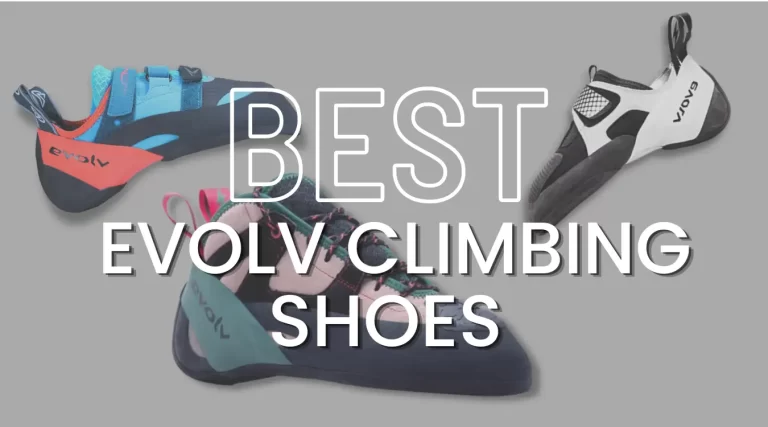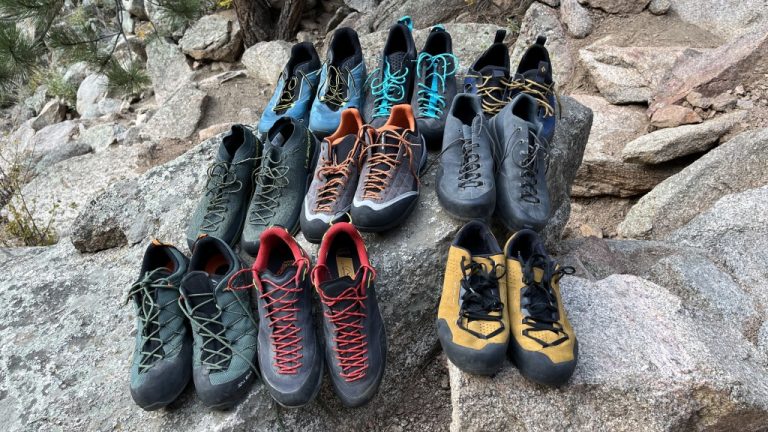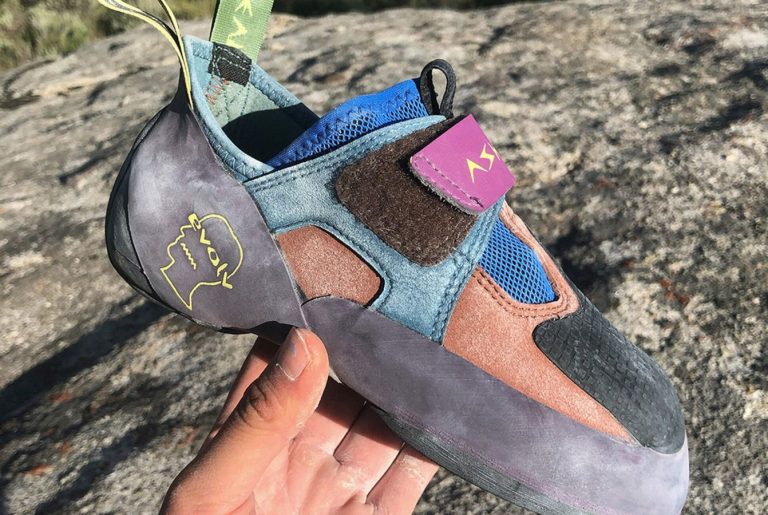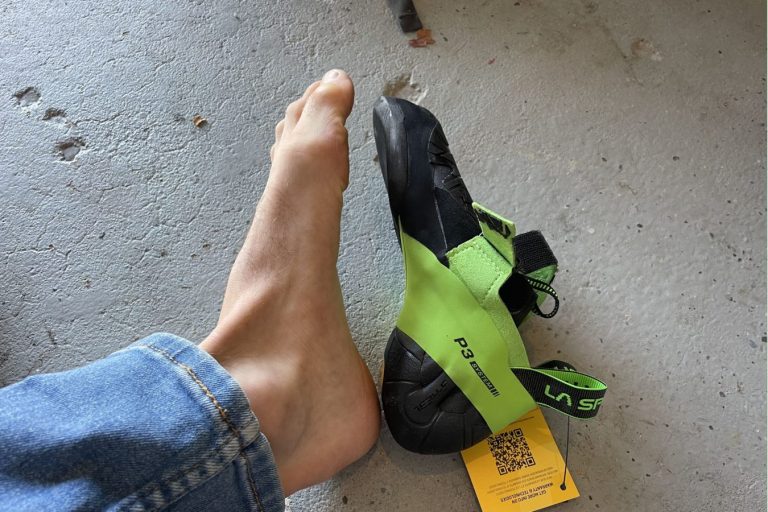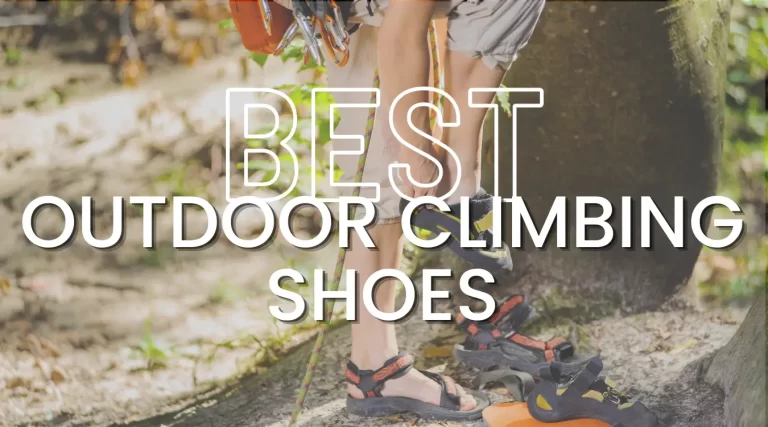Free Climbing Shoes
Introduction to Free Climbing Shoes
Rock climbing has gained immense popularity in recent years, and having the right gear is essential for both safety and performance. One of the most critical pieces of equipment is a good pair of climbing shoes. In this article, we’ll explore free climbing shoes, their features, and how to choose the perfect pair for your climbing adventures.
The Importance of Climbing Shoes
Climbing shoes are specifically designed to enhance your grip on the rock, provide support and protection for your feet, and offer comfort during long climbs. Using the wrong shoes can hinder your climbing performance and may even pose a safety risk.
Here is a list of five popular free climbing shoes that cater to different skill levels and climbing styles:
- La Sportiva Miura VS The La Sportiva Miura VS is a high-performance, aggressive shoe designed for precision and power on steep climbs. It features a Vibram XS Edge rubber for excellent grip and a triple Velcro closure system for a secure fit. Ideal for experienced climbers looking for a reliable and versatile shoe.
- Scarpa Vapor V The Scarpa Vapor V is a moderate climbing shoe that offers a balance of comfort and performance. Its slightly downturned shape provides excellent edging capabilities, while the Bi-Tension active rand system enhances power without compromising comfort. The Vapor V is suitable for intermediate climbers or those seeking a versatile all-around shoe.
- Five Ten Hiangle The Five Ten Hiangle is an aggressive shoe designed for steep climbs and bouldering. It features a Stealth C4 rubber for exceptional grip and a single Velcro strap for easy on and off. The shoe’s unlined leather upper molds to your foot for a personalized fit, making it an excellent option for climbers seeking sensitivity and precision.
- Evolv Defy The Evolv Defy is a neutral, all-around shoe that is perfect for beginners or climbers who prioritize comfort. Its flat profile allows for all-day wear, while the Synthratek VX synthetic upper and TRAX SAS rubber ensure a great fit and reliable grip. The Defy’s Velcro closure system makes it easy to adjust and find the perfect fit.
- Black Diamond Momentum The Black Diamond Momentum is a versatile shoe suitable for beginners and intermediate climbers. It features a flat-last design for comfort during long climbs, and the engineered knit upper provides excellent breathability. With a soft and durable NeoFriction rubber sole, the Momentum offers reliable performance for various climbing styles.
These five shoes represent some of the best options available for free climbing, but there are many other models and brands to choose from. Be sure to try on multiple options and find the perfect fit and style for your climbing needs.
| Shoe Model | Type | Closure System | Rubber | Upper Material | Best for |
|---|---|---|---|---|---|
| La Sportiva Miura VS | Aggressive | Triple Velcro | Vibram XS Edge | Leather | Experienced climbers, steep climbs |
| Scarpa Vapor V | Moderate | Dual Velcro | Vibram XS Edge | Microsuede | Intermediate climbers, all-around climbing |
| Five Ten Hiangle | Aggressive | Single Velcro | Stealth C4 | Unlined leather | Steep climbs, bouldering, sensitivity |
| Evolv Defy | Neutral | Dual Velcro | TRAX SAS | Synthratek VX synthetic | Beginners, comfort, all-day wear |
| Black Diamond Momentum | Neutral | Dual Velcro | NeoFriction | Engineered knit | Beginners and intermediate climbers, breathability |
This comparison table highlights the key features of the five popular free climbing shoes mentioned earlier. Keep in mind that individual preferences and climbing styles may vary, so it’s crucial to try on different options to find the perfect shoe for your needs.
Types of Free Climbing Shoes
There are three main types of free climbing shoes: neutral, moderate, and aggressive. Neutral shoes offer comfort and are suitable for beginners, while moderate shoes provide a balance of comfort and performance for intermediate climbers. Aggressive shoes are designed for experienced climbers, focusing on performance and precision.
Features to Consider When Choosing Free Climbing Shoes
When looking for the perfect pair of free climbing shoes, consider these features:
Fit and Comfort
A snug fit is crucial for optimum performance. The shoes should be tight but not painful. Keep in mind that climbing shoes tend to stretch over time, so take this into account when trying them on. A comfortable shoe will enable you to focus on your climbing rather than discomfort.
Material
Climbing shoes are typically made of leather, synthetic materials, or a combination of both. Leather shoes mold to your feet and provide a customized fit, while synthetic shoes maintain their shape and require less break-in time.
Closure System
There are three main closure systems: lace-up, Velcro, and slip-on. Each has its advantages and drawbacks, so choose the one that best suits your preferences and needs.
Sole Type
The type of sole plays a significant role in your shoe’s grip and performance. Softer soles provide better sensitivity and grip on small holds, while stiffer soles offer better support for edging.
Performance
Consider the type of climbing you’ll be doing and choose a shoe that matches your skill level and desired performance characteristics.
Sensitivity
A sensitive shoe allows you to feel the rock and make precise movements. Thinner soles and softer materials typically result in higher sensitivity.
Edging
Good edging shoes have a stiff sole and a well-defined edge to help you stand on small footholds.
Heel and Toe Hooking
Heel and toe hooking are advanced techniques that require shoes with a secure fit, a rubberized heel cup, and toe rubber coverage. Consider these features if you plan on performing these techniques.
Popular Brands of Free Climbing Shoes
Several brands are well-known for producing high-quality climbing shoes. Some popular choices include La Sportiva, Scarpa, Five Ten, Evolv, and Black Diamond. Each brand offers a range of models to suit various skill levels and climbing styles, so be sure to try on different options to find the perfect fit.
How to Properly Care for Your Free Climbing Shoes
Taking good care of your climbing shoes will prolong their life and maintain their performance. Here are some tips on proper care:
Break-in Period
New climbing shoes usually require a break-in period to mold to your feet and become more comfortable. Start with shorter climbs and gradually increase the duration as your shoes stretch and adapt to your feet.
Cleaning
Clean your shoes regularly to remove dirt and grime, which can compromise grip and damage the rubber. Use a soft brush and mild soap to gently clean the shoes, and air dry them away from direct sunlight or heat sources.
Resoling and Maintenance
With regular use, the soles of your climbing shoes will eventually wear down. Many shoe models can be resoled, which involves replacing the worn-out rubber with new material. Resoling can extend the life of your shoes and save you money in the long run.
Conclusion
Free climbing shoes are an essential piece of gear for rock climbers of all skill levels. By understanding the various features, materials, and performance characteristics, you can choose the perfect pair to suit your climbing style and needs. Remember to care for your shoes properly, and they will serve you well on your climbing adventures.
FAQs
- Q: How tight should my climbing shoes be? A: Your climbing shoes should fit snugly but not painfully. They should be tight enough to provide support and maintain sensitivity but not so tight that they cause discomfort or hinder circulation.
- Q: Can I use regular shoes for climbing? A: It is not recommended to use regular shoes for climbing, as they lack the specific features and grip needed for safe and efficient climbing.
- Q: How often should I replace my climbing shoes? A: The lifespan of climbing shoes depends on factors such as frequency of use, climbing style, and shoe care. Monitor your shoes for signs of wear and replace or resole them as needed.
- Q: Can I wear socks with my climbing shoes? A: Some climbers choose to wear thin socks with their shoes for added comfort and hygiene, while others prefer the sensitivity and fit of barefoot climbing. It ultimately comes down to personal preference.
- Q: How do I know if my climbing shoes need resoling? A: If you notice a significant decrease in grip, holes or thin spots in the rubber, or uneven wear patterns, it may be time to consider resoling your climbing shoes.
